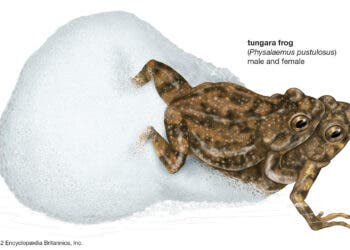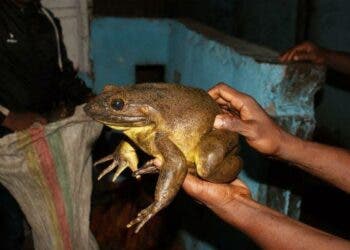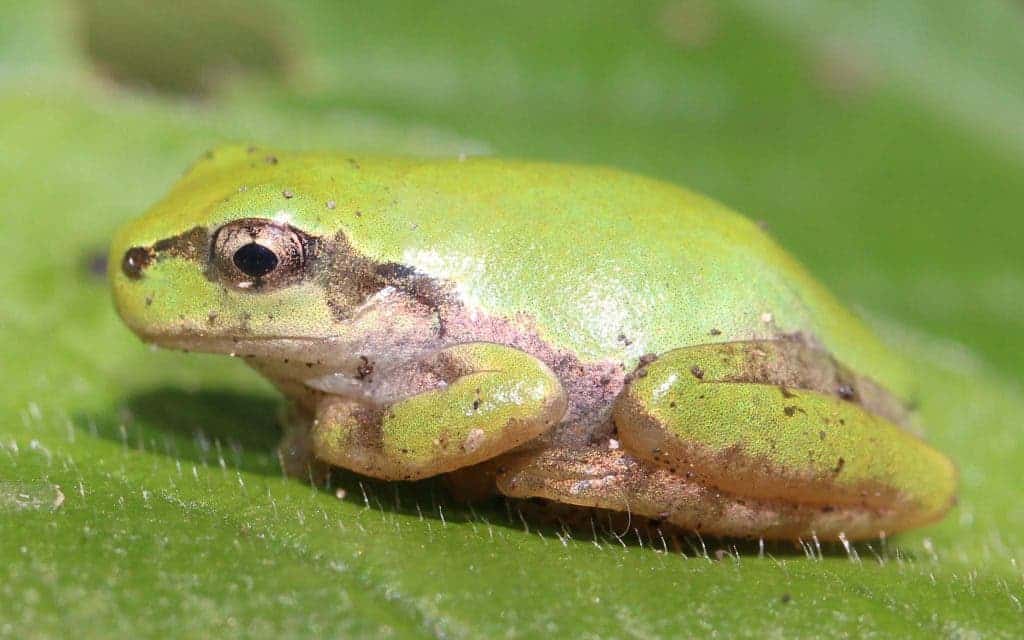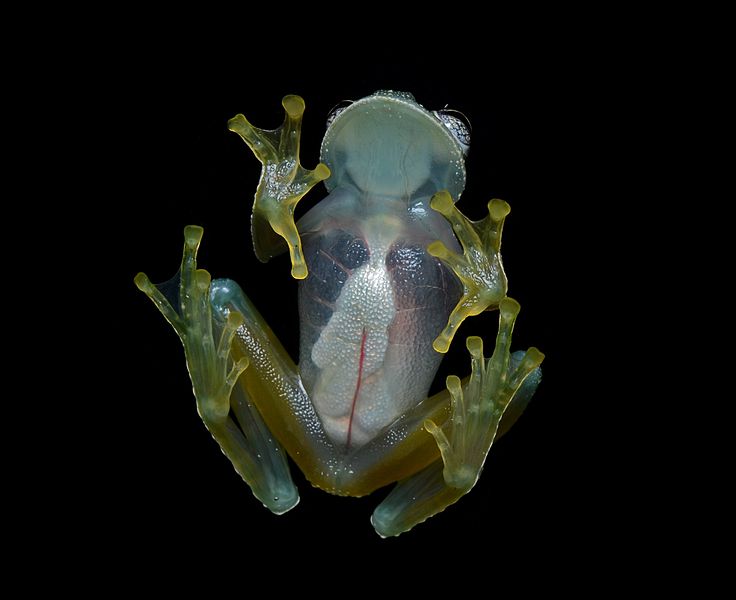
Glass frogs are famous for their see-through skin that can even reveal the amphibians’ internal organs. Surprisingly, not too much attention has been given to this fascinating translucency — until now.
An international team of researchers used a combination of field trials and computer-aided modeling and detection to analyze the glass frog’s translucent skin in unprecedented detail. In doing so, the researchers concluded that the amphibian employs a novel form of camouflage called ‘edge diffusion’.
According to Dr. James Barnett, who began the research while he was still a Ph.D. student at the University of Bristol in the UK and is now based at McMaster University in Canada, the frogs are actually green but their skin brightens and darkens depending on the background.
“Glass frogs are quite well known for their transparent belly skin through which we can see their internal organs, and this has made them a common feature of nature documentaries. Being transparent is an intuitive way of avoiding detection and many have speculated that this may be why glass frogs have transparent skin,” Barnett told ZME Science.
“Glass frogs are not, however, completely invisible and when viewed from above the frogs are green, and more translucent than transparent. So, we wanted to answer the question: if predators cannot see straight through the frogs why do glass frogs have transparent skin at all, and not the opaque camouflaged patterns of other tree frog species?”
A frog leap in camouflage
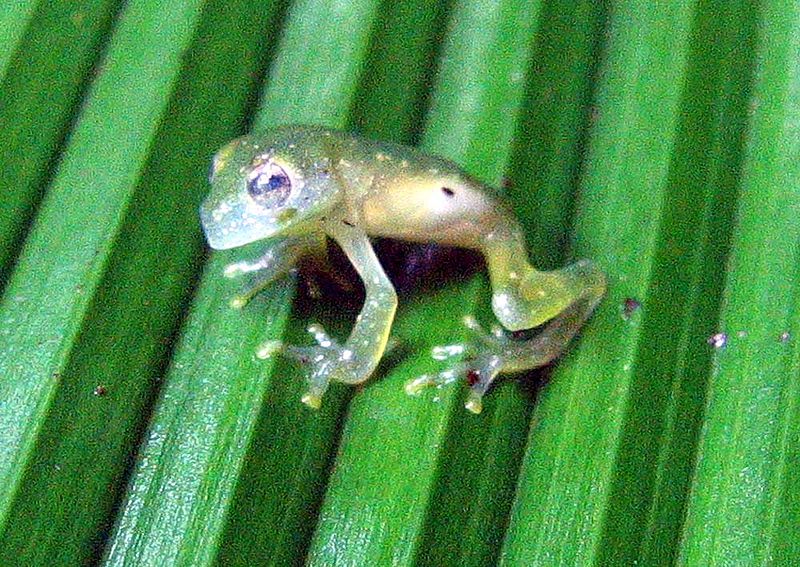
The frog’s habitat is made of leaves colored in different nuances of green, and the change in brightness allows the frog to camouflage with its environment very subtly, the study concluded.
In other words, the glass frog’s camouflage is very different from that of both opaque and fully transparent species.
And although other animals might employ edge diffusion camouflage, the glass frog is the only creature to do so that we know of so far — and it took quite a bit of effort to find it.
“Glass frogs are small, nocturnal, and spend a lot of their time high in trees above fast flowing water, so catching the frogs could be quite tricky. In Ecuador, we spent our days and nights clambering over slippery rocks in up to waist high water in order to place out our gelatine model frogs and search for real frogs sat in the trees around us. On more than one occasion we found ourselves completely soaked and a glass frog sat just out of arms reach looking down on us,” Barnett recounted.
Additionally, the study concluded that the glass frog’s legs are more translucent than the rest of the body. When the legs are tucked to the frog’s side at rest, the change in brightness creates a diffuse gradient from the color of the leafy background to the frog’s body color.
“Visual systems are very sensitive to edges where two different colours meet, and thin, highly contrasting edges are particularly conspicuous. By having translucent legs and resting with the legs surrounding the body, the frog’s edge, where it meets the leaf, is transformed into a softer less contrasting gradient, blending the frog and leaf together more smoothly,” Barnett said.
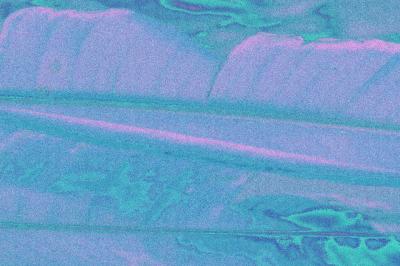
Transparency is a great camouflage, but it is mostly reserved for aquatic species that have been able to grow tissue that shares a similar refractive index to the surrounding water. Although glass frogs are often cited as a rare example of terrestrial transparency camouflage, their sparse pigmentation is more illustrative of translucence.
“Camouflage is very widespread and incredibly diverse, but all of this variation can be divided into categories based on how the patterning tricks the observer. Two of the most common strategies are ‘background matching’, where a pattern replicates the surroundings, and ‘disruptive colouration’, where high contrast patterns create unrecognisable shapes that hide the animals’ outline. Being transparent is usually thought of achieving camouflage in a similar manner to background matching. We found that glass frog translucency works in a different way, that is more akin to disruptive colouration, but which is conceptually distinct. Translucency creates a diffuse edge that blends the frogs and leaf together more smoothly. These processes may apply more widely to other species with translucent edges but as far as I am aware glass frogs are the only known example so far,” according to Barnett.
The new study addresses much speculation surrounding the glass frog’s appearance, showing that the amphibians indeed employ camouflage — and a novel one to boot that scientists hadn’t considered before.
“The glass frogs that we were able to study in this project are actually some of the least translucent of the group, which has over 150 species. We are interested in exploring how variable translucency can be and how glass frogs may be using translucency in different contexts. Understanding more about the natural world around us can help us appreciate the complexity of natural systems.”
The findings appeared in the Proceedings of the National Academy of Sciences.

